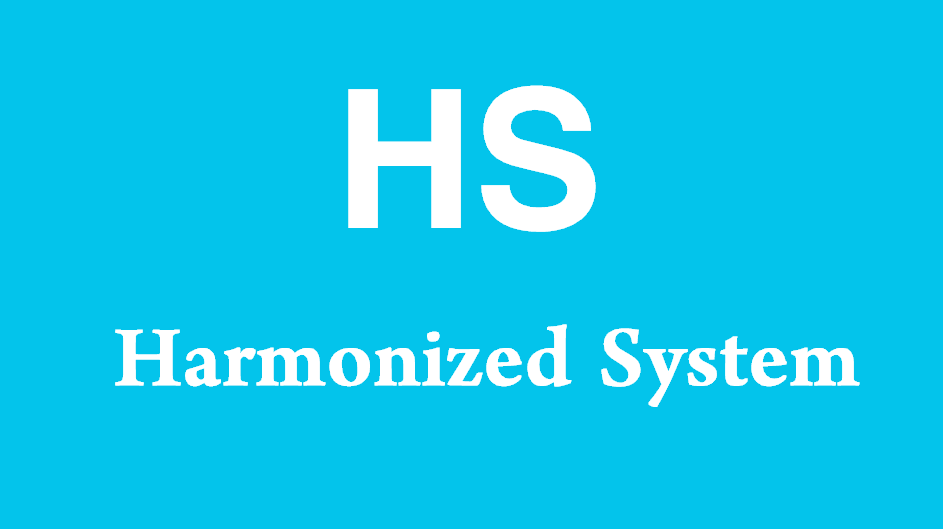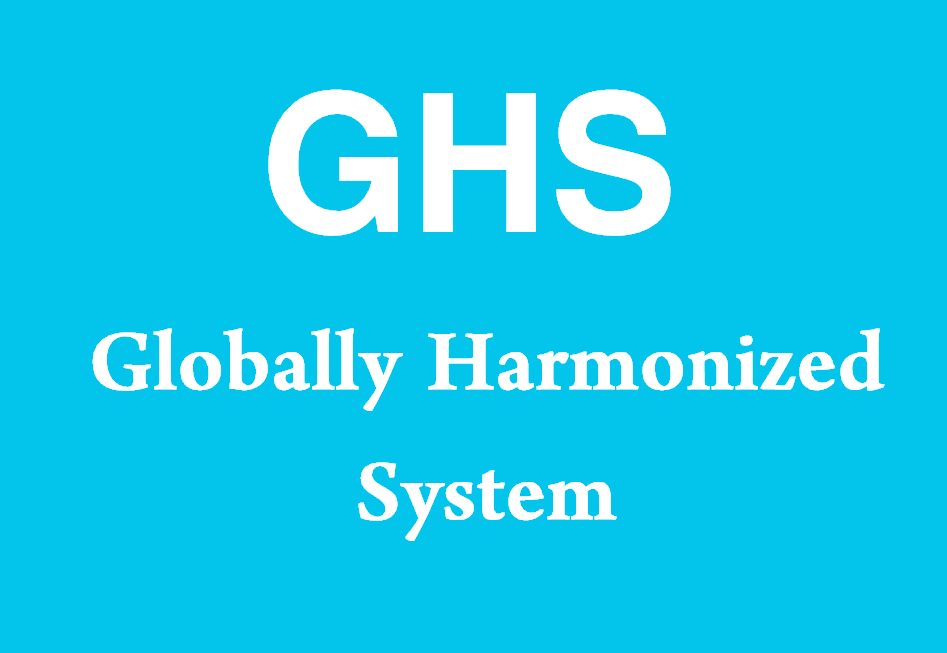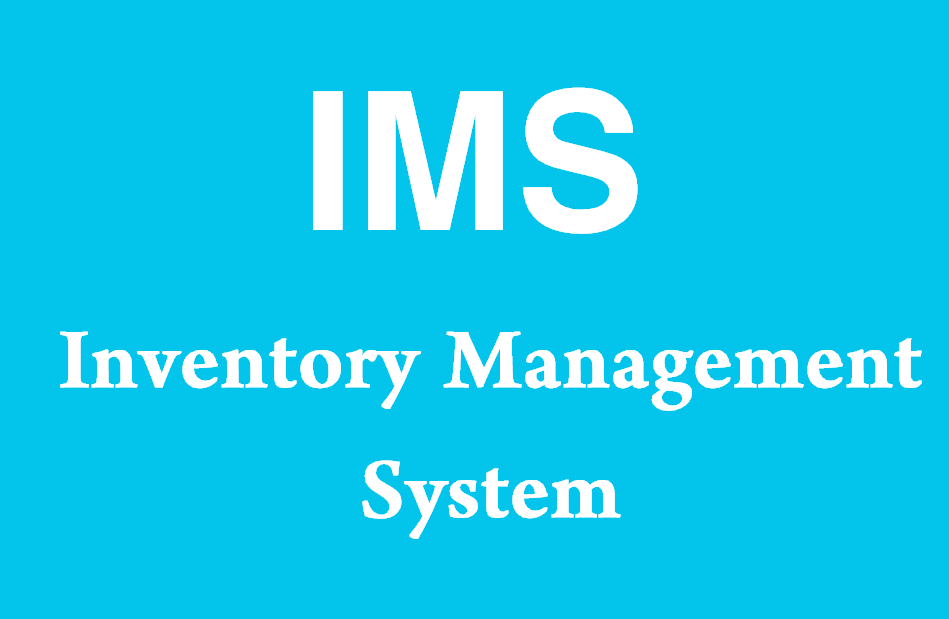What Does HS Stand For?
HS stands for “Harmonized System.” The Harmonized System is an internationally standardized system of names and numbers for classifying traded products. Developed and maintained by the World Customs Organization (WCO), the HS is used by more than 200 countries and economies as the basis for their customs tariffs and the collection of international trade statistics.

Comprehensive Explanation of Harmonized System (HS)
Introduction to the Harmonized System
The Harmonized System (HS) is a globally recognized classification system for traded goods. Established to standardize and simplify the international trade process, the HS provides a universal language for describing and categorizing products. This system is crucial for customs authorities, international traders, and policymakers, as it facilitates the accurate collection of trade statistics, determination of tariffs, and enforcement of trade regulations.
History and Evolution of the Harmonized System
Development and Implementation
The HS was developed by the World Customs Organization (WCO) and came into effect on January 1, 1988. The primary goal was to create a harmonized nomenclature that could be used worldwide to classify goods consistently. Before the HS, countries used different classification systems, leading to confusion and inefficiencies in international trade.
Updates and Amendments
The HS is periodically updated to reflect changes in technology, trade patterns, and environmental considerations. These updates ensure that the system remains relevant and effective in classifying new products and addressing emerging trade issues. The WCO reviews and revises the HS approximately every five years, with the most recent edition being HS 2022.
Structure of the Harmonized System
Chapters, Headings, and Subheadings
The HS is organized into 21 sections, which are further divided into 99 chapters. Each chapter covers a broad category of goods, such as animals and animal products, chemicals, machinery, and vehicles. Within each chapter, goods are classified under headings and subheadings that provide more specific descriptions.
- Sections: Broad categories of goods (e.g., Section I: Live Animals; Animal Products).
- Chapters: More detailed categories within each section (e.g., Chapter 01: Live Animals).
- Headings: Specific types of products within each chapter (e.g., 0101: Live Horses, Asses, Mules, and Hinnies).
- Subheadings: Further detailed descriptions of products within each heading (e.g., 0101.21: Purebred Breeding Animals).
HS Codes
Each product classified under the HS is assigned a unique code, typically consisting of six digits. The first two digits represent the chapter, the next two digits represent the heading, and the last two digits represent the subheading. Some countries extend these codes to eight or ten digits for more precise classification.
Importance of the Harmonized System
Standardization and Simplification
The HS provides a standardized system for classifying goods, which simplifies international trade by ensuring that products are described consistently across different countries. This standardization reduces misunderstandings and discrepancies, facilitating smoother trade transactions.
Tariff Determination
Customs authorities use HS codes to determine the applicable tariffs for imported goods. Accurate classification under the HS ensures that the correct duties and taxes are applied, helping to maintain fair trade practices and generate revenue for governments.
Trade Statistics
The HS is essential for the collection and analysis of international trade statistics. Accurate classification allows countries to track trade flows, monitor economic performance, and make informed policy decisions based on reliable data.
Applications of the Harmonized System
Customs Procedures
Customs authorities rely on the HS for various procedures, including import and export documentation, risk assessment, and enforcement of trade regulations. Accurate HS classification helps expedite customs clearance and ensures compliance with national and international laws.
Trade Agreements
The HS plays a critical role in the implementation of trade agreements. Countries use HS codes to define the scope of tariff concessions, rules of origin, and other trade-related provisions. This ensures that trade agreements are applied consistently and transparently.
Industry and Commerce
Businesses use the HS to classify their products for import and export purposes. Understanding HS codes is essential for determining tariffs, complying with regulations, and taking advantage of trade agreements. Accurate classification helps businesses avoid delays and penalties.
Challenges in Using the Harmonized System
Complexity of Classification
The detailed structure of the HS can make classification complex, particularly for products that do not fit neatly into existing categories. Misclassification can lead to incorrect tariff applications, delays, and potential legal issues.
Regular Updates
Keeping up with regular updates and amendments to the HS can be challenging for businesses and customs authorities. Staying informed about changes is essential to ensure continued compliance and accurate classification.
Interpretation Variations
Different countries may interpret HS codes slightly differently, leading to inconsistencies in classification. This can complicate international trade and require businesses to adapt to varying interpretations in different markets.
Best Practices for Using the Harmonized System
Accurate Product Description
Providing detailed and accurate descriptions of products is crucial for correct HS classification. Businesses should include information about the composition, function, and use of products to facilitate precise classification.
Consult Experts
When in doubt, consulting customs brokers, trade consultants, or industry experts can help ensure accurate classification. These professionals have specialized knowledge and experience with the HS, making them valuable resources for businesses.
Stay Informed
Regularly reviewing updates and amendments to the HS is essential for maintaining compliance. Businesses should subscribe to updates from the WCO and relevant national customs authorities to stay informed about changes.
Future Trends in the Harmonized System
Digital Transformation
The digital transformation of customs procedures is likely to enhance the use of the HS. Advanced technologies, such as artificial intelligence and machine learning, can automate classification processes, improving accuracy and efficiency.
Environmental and Social Considerations
Future updates to the HS may place greater emphasis on environmental and social considerations. This could include new classifications for sustainable products, environmentally friendly technologies, and goods produced under fair labor practices.
Integration with Global Trade Systems
The HS will continue to integrate with global trade systems, such as the World Trade Organization (WTO) and regional trade agreements. This integration will enhance the harmonization of trade practices and support the smooth flow of goods across borders.
Notes to Importers
Importance of HS for Importers
For importers, the HS is an indispensable tool for navigating international trade. Accurate HS classification ensures that import duties are correctly applied, regulatory requirements are met, and goods are cleared efficiently through customs.
Key Considerations for Importers
Accurate Classification
Accurate classification under the HS is critical for importers. Misclassification can result in incorrect tariff applications, delays, and potential legal issues. Importers should ensure that their goods are classified correctly to avoid these problems.
Compliance with Regulations
HS codes are used to enforce various trade regulations, including health and safety standards, environmental regulations, and import restrictions. Importers must ensure that their goods comply with all relevant regulations to avoid penalties and delays.
Leveraging Trade Agreements
Understanding HS codes is essential for taking advantage of trade agreements. Preferential tariffs and other benefits are often based on accurate HS classification. Importers should be familiar with the codes applicable to their goods to maximize these benefits.
Practical Tips for Importers
Use Online Tools and Resources
Numerous online tools and resources can assist with HS classification. Importers should utilize these tools to ensure accurate classification and stay informed about updates and changes to the HS.
Engage with Customs Authorities
Engaging with customs authorities can provide valuable insights and assistance with HS classification. Importers should establish good communication channels with customs officials and seek guidance when needed.
Regular Training and Education
Regular training and education on the HS and related regulations are essential for importers. Keeping staff informed about the latest developments and best practices can help maintain compliance and improve efficiency.
Sample Sentences and Their Meanings
- “The HS code for the imported machinery needs to be accurate to determine the correct tariff.”
- This sentence emphasizes the importance of accurate HS classification for calculating the applicable import duty.
- “Customs authorities rely on the HS to classify goods and enforce trade regulations.”
- This sentence highlights the role of the HS in helping customs officials categorize products and apply relevant laws.
- “Businesses must stay updated on HS amendments to ensure ongoing compliance.”
- This sentence advises companies to keep track of changes to the HS to maintain adherence to current regulations.
- “Using the correct HS code can help importers benefit from preferential tariffs under trade agreements.”
- This sentence suggests that accurate classification can enable importers to take advantage of lower tariffs offered by trade agreements.
- “The complexity of the HS requires importers to provide detailed product descriptions for accurate classification.”
- This sentence underscores the need for comprehensive product information to ensure precise classification under the HS.
Other Meanings of HS
| Acronym | Full Form | Description |
|---|---|---|
| HS | Harmonized System | An internationally standardized system for classifying traded products. |
| HS | High School | An educational institution providing secondary education. |
| HS | Head Start | A program in the United States that promotes school readiness for young children from low-income families. |
| HS | Heat Sink | A device used to dissipate heat from electronic components. |
| HS | Horsepower | A unit of measurement for power, commonly used to describe the output of engines. |
| HS | Health and Safety | Referring to regulations and practices aimed at ensuring the health and safety of individuals in the workplace. |
| HS | High Speed | Describing a high rate of speed or a fast-moving process. |
| HS | Home Security | Systems and measures designed to protect a home from intrusions and other threats. |
| HS | Hematopoietic Stem | Referring to stem cells that give rise to all blood cell types. |
| HS | Hot Spot | A location with a high level of activity or a specific area of focus, often related to wireless network connectivity. |
| HS | Human Services | A field of work focused on meeting human needs through an interdisciplinary knowledge base. |
| HS | Historical Society | An organization dedicated to preserving and promoting history and heritage. |
| HS | Homogeneous Solution | A solution in which the components are uniformly distributed. |
| HS | Hybrid System | A system that combines elements of different types, such as a hybrid vehicle that uses both an internal combustion engine and an electric motor. |
| HS | Homeschooling | An educational method where children are educated at home rather than in traditional schools. |
| HS | Health Services | Services provided to maintain or improve health, including medical care, public health initiatives, and wellness programs. |
| HS | Hot Springs | Natural springs that produce hot water, often used for therapeutic bathing. |
| HS | Homicide Squad | A specialized police unit responsible for investigating homicides. |
| HS | High Seas | The open ocean, especially areas outside the territorial waters of any country. |
| HS | Humanitarian Services | Services provided to alleviate human suffering and improve the quality of life, often in response to emergencies and disasters. |






